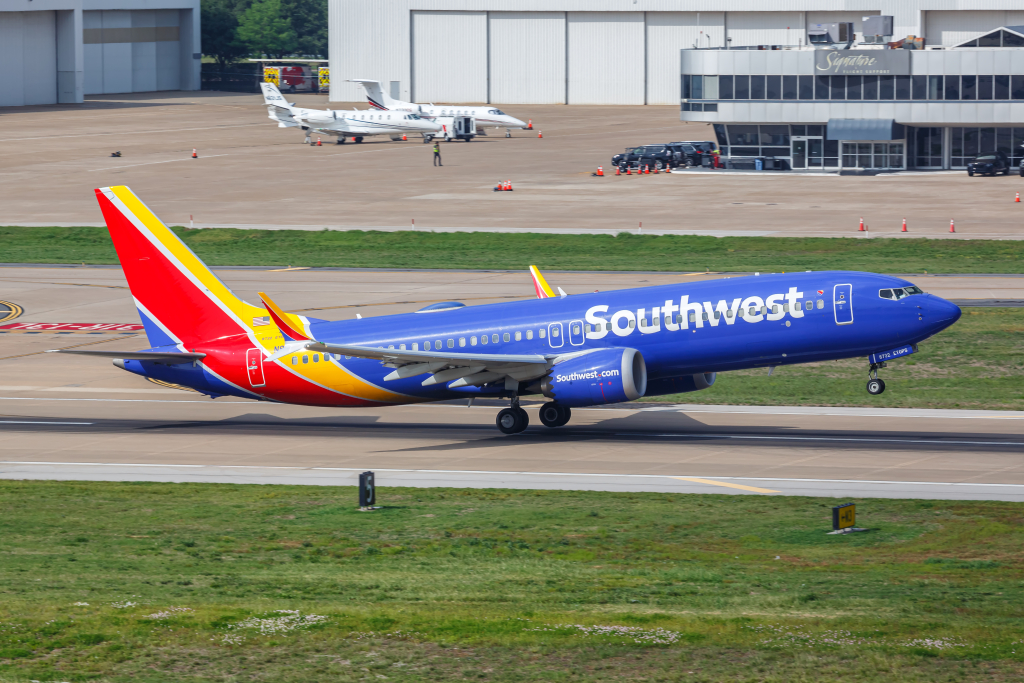
DALLAS – A groundbreaking technology at Dallas Love Field is transforming the wind generated by airplanes into renewable energy. This innovative concept was conceived by T.O. Souryal, an orthopedic surgeon and former team doctor for the Dallas Mavericks.
The airport recently installed five turbine pods designed to harness the wind created by jet exhaust during takeoff. These turbines are helping to generate clean, renewable energy, furthering the airport’s sustainability efforts.
“JetWind is a cutting-edge technology that converts the man-made wind produced by aircraft into electrical power, which is then used to energize airport terminals,” said T.O. Souryal, founder and president of JetWind Power Corporation.
The inspiration for JetWind dates back to Souryal’s years as a frequent traveler. While seated on a plane departing Burbank, California, he noticed the significant force of the wind and debris created during takeoff. An idea began to form: “I thought, ‘What if we could capture this wind and turn it into something useful?'” he recalled. From that moment, a series of experiments led to the creation of the JetWind technology, which is now operational at Love Field.
Currently, the energy harnessed from jet exhaust is being used to power two new charging stations for passengers within the airport. According to Patrick Carreno, Dallas’s director of aviation, these stations have already provided power to over 10,000 personal devices. “As we continue to roll out more turbines, we will explore new opportunities to integrate this clean energy into other areas of the airport,” Carreno said.
The turbines are already making a significant impact, generating enough power to supply the equivalent of 100 homes annually. Carreno added, “We’re excited about the energy potential this technology offers. With plans for 14 turbines, we anticipate a substantial increase in the amount of clean energy produced by the jet blasts at Dallas Love Field.”
Looking ahead, Dr. Souryal sees growing interest in this technology from airports around the world, including DFW Airport. While the technology is still in its early stages, he envisions the installation of high-speed turbines at runway bases within the next five years. These locations, with their higher winds and more frequent traffic, hold even greater potential for energy generation.
“This is just the beginning,” Souryal said. “In the coming years, we expect JetWind to become a major contributor to sustainable airport energy solutions.”




